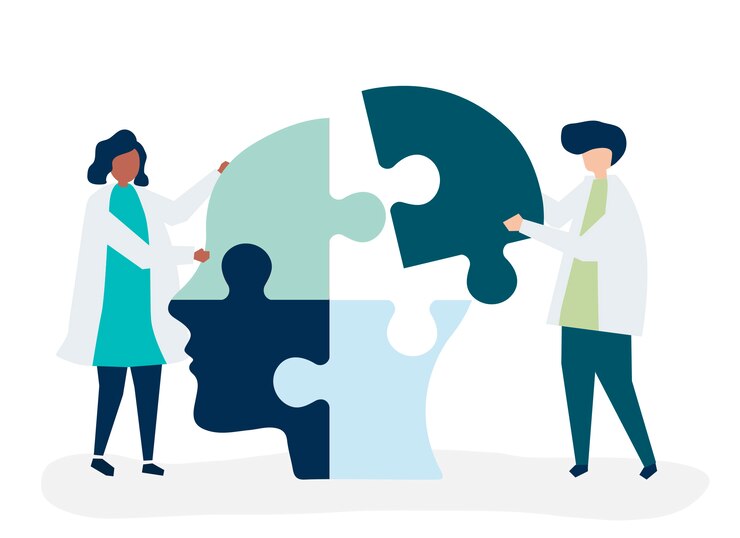The key to mental health diagnoses
Image by rawpixel.com on Freepik
DSM-5 has allowed mental health professionals to diagnose the mind similar to how doctors diagnose the human body.
As of late, Mental Health has become less taboo in western society. For example, Simon Biles received considerable support from fans after dropping out of the Tokyo 2020 Summer Olympics because of her mental health. Biles is one of many voices who have come out to speak about, advocate for, and offer advice on Mental Health. As a result, widespread efforts have been made to normalize speaking about Mental Health and making resources available to those who need them.
One such resource that therapists, psychologists, and psychiatrists have at their disposal is the Diagnostic and Statistical Manual of Mental Disorders. The American Psychiatric Association first published DSM in 1952 as a manual on mental disorders for clinical use. This allowed Mental Health professionals to identify and treat patients in an
organized manner. The fifth and most recent edition of DSM was published in 2013 and will likely be updated within the next decade.
DSM-5 is divided into three sections. The first section, DSM-5 Basics, covers how to use the manual. Diagnostic Criteria and Codes (section 2) covers the symptoms of several mental disorders in many categories. They are neurodevelopmental disorders; schizophrenia spectrum and other psychotic disorders; bipolar and related disorders;
depressive disorders; anxiety disorders; obsessive-compulsive and related disorders; trauma- and stressor-related disorders; dissociative disorders; somatic symptom and related disorders; feeding and eating disorders; elimination disorders; sleep-wake disorders; sexual dysfunctions; gender dysphoria; disruptive, impulse-control, and conduct disorders; substance-related and addictive disorders; neurocognitive disorders; personality disorders; paraphilic disorders; other mental health disorders. Section 3, Emerging Measures and Models, covers exactly that and new disorders to be studied that could possibly be added to the sixth edition of the Diagnostic and Statistical Manual of Mental Disorders.
While this book is great for learning about the human condition, keep in mind that the DSM-5 is a tool that Mental Health professionals have been trained to use. You should NOT use this to diagnose yourself! If you want a proper diagnosis, please schedule an appointment with a psychiatrist.

“For a second, I was thinking that I might write 5 articles this time. Then I reminded myself that I'm weak and can't handle it.”
Maya Nneoma Adimora...
